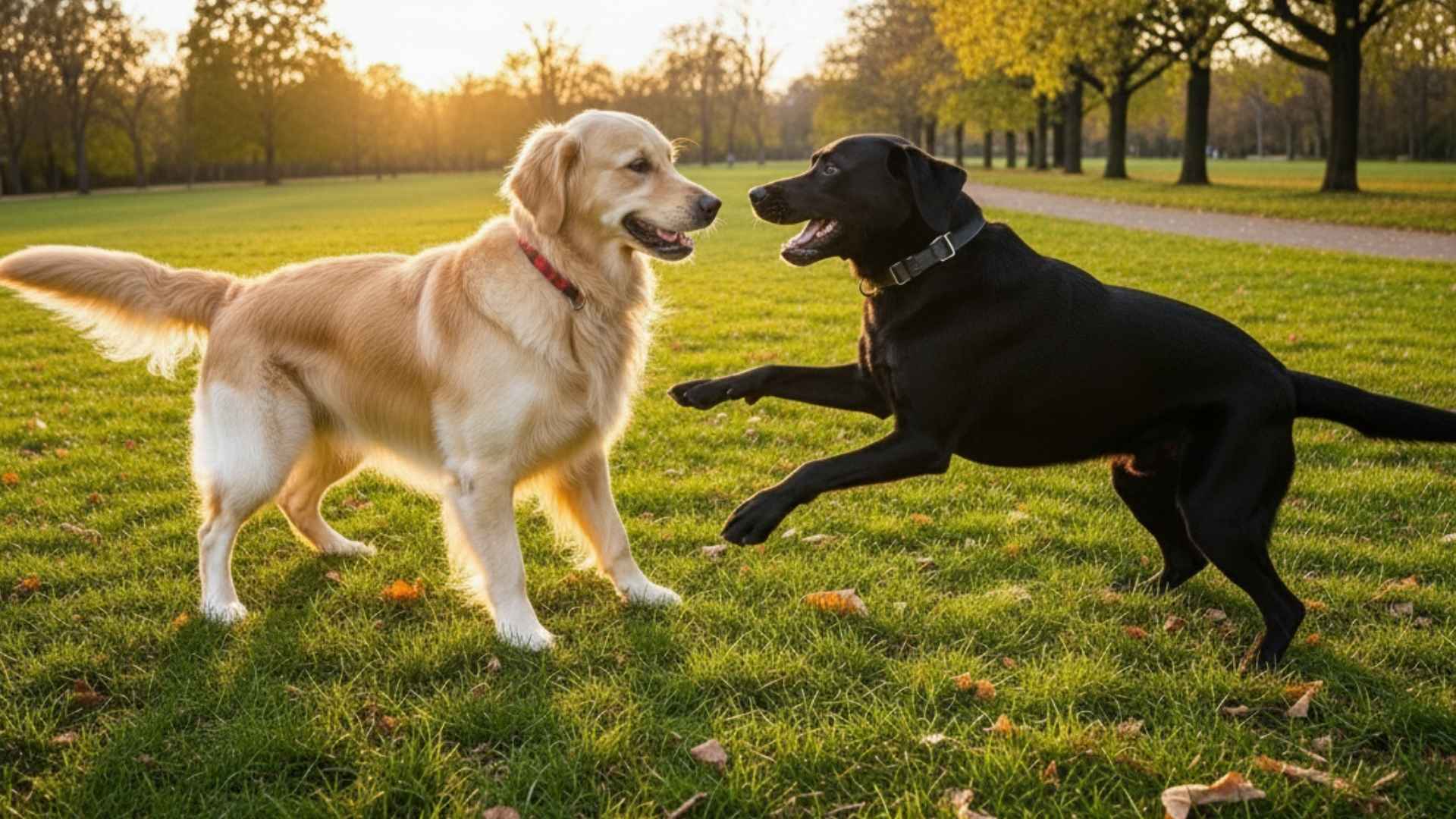Because sometimes, one wagging tail just isn’t enough—two can turn a house into a home. Did you know that in a 2025 study, they found that six out of 10 (58%) pet owners revealed they prefer to spend time with their pets when feeling stressed, putting pets ahead of partners, family, and children. That kind of thing doesn’t happen by accident—it often starts with choosing breeds that just click.
Imagine two cute dogs in your home who greet each other like old friends, tails wagging in sync, sharing toys and naps effortlessly. That’s what we call double the love. In our world of barking, belly rubs, and zoomies, it’s pure joy when two breeds mesh.
Yet not every pairing and companionship works—some temperaments, energy levels, and social styles clash. That’s why picking breeds “that are better together” isn’t just cute talk, it’s smart planning. When you get it right, your house feels like one big fluffy family.
In this article, we’ll explore 7 dog breeds that bring out the best in each other—breeds that get along, support one another, and elevate companionship. Get ready for heartwarming stories, helpful tips, and maybe your future pet pair.
Dog Breed Compatibility Chart
Breed ↓ \ Pairs → | Labrador Retriever | Golden Retriever | Cavalier King Charles Spaniel | Poodle | Bichon Frisé | Maltese | Havanese |
|---|---|---|---|---|---|---|---|
| Labrador Retriever | ✅ Best with other Labs | ✅ Perfect match, same temperament | ✅ Gentle with small dogs | ✅ All sizes get along | ✅ Playful together | ✅ Patient with Maltese | ✅ Loves Havanese |
| Golden Retriever | ✅ Friendly with Labs | ✅ Great in pairs | ✅ Protective but gentle | ✅ Very compatible | ✅ Tolerant & playful | ✅ Sweet match | ✅ Sociable pairing |
| Cavalier King Charles Spaniel | ✅ Safe, Labs are gentle | ✅ Loves Goldens’ calmness | ✅ Same-breed harmony | ✅ Good match, similar gentleness | ✅ Good for companionship | ✅ Similar size, playful | ✅ Excellent duo |
| Poodle | ✅ Active & smart pairing | ✅ Gentle & balanced | ✅ Calm companion | ✅ Poodles bond well with each other | ✅ Playful & trainable together | ✅ Works well in pairs | ✅ Smart, social balance |
| Bichon Frisé | ✅ Cheerful with Labs | ✅ Patient Goldens are perfect | ✅ Gentle size match | ✅ Fun & intelligent duo | ✅ Thrive with another Bichon | ✅ Great with Maltese | ✅ Excellent match |
| Maltese | ✅ Protected by larger Labs | ✅ Goldens are gentle guardians | ✅ Great small-breed bond | ✅ Social & playful | ✅ Best match with Bichon | ✅ Maltese love each other | ✅ Sweet with Havanese |
| Havanese | ✅ Happy & social with Labs | ✅ Perfectly balanced with Goldens | ✅ Fun with Cavaliers | ✅ Works well with Poodles | ✅ Cheerful duo | ✅ Gentle with Maltese | ✅ Havanese thrive together |
Legend: Labs and Goldens
✅ = Highly compatible
This chart highlights that Labs and Goldens are universally friendly, while the Bichon, Maltese, and Havanese thrive best together as small companion breeds. Poodles and Cavaliers serve as a flexible bridge between the large and small dogs.
Dog Breeds That Are Better Together
1. Labrador Retriever
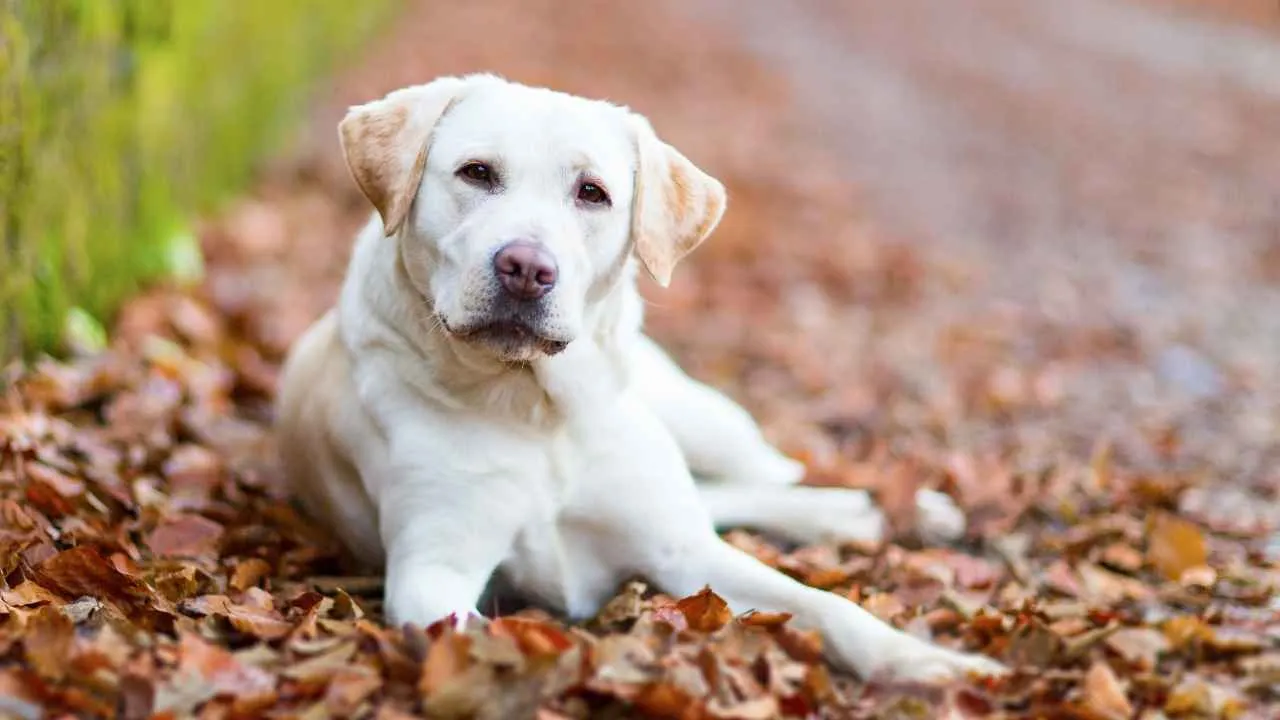
Labrador Retrievers are famously friendly, outgoing, and patient — traits that make them a strong cornerstone in multi-dog homes.
With early socialization (around 8–12 weeks), they accept new canine housemates with ease and often take on a playful, guiding role in the pack. Their intelligence and eagerness to please their dog owners simplify supervised introductions and group training sessions.
To build solid bonds:
Introduce during neutral ground walks
Reward calm interactions with treats
Rotate one-on-one time with each dog
Temperament & nature: Warm, tolerant, sociable with people & dogs
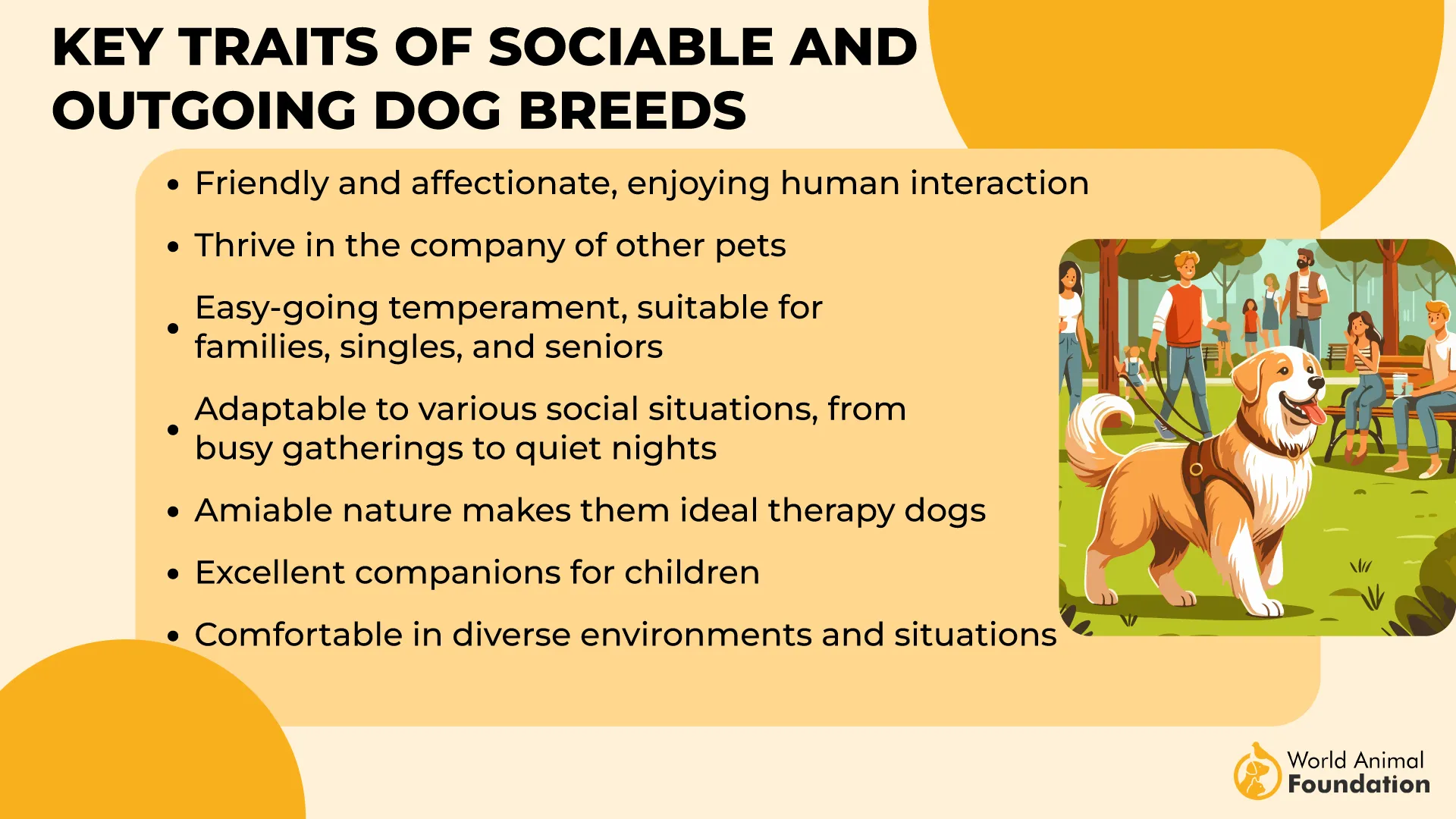
Prey / herding instincts: Minimal — Labs were bred as retrievers, not working herders
Warning signs to watch: Resource guarding over food or toys. Overexuberant play that intimidates smaller dogs
2. Golden Retriever
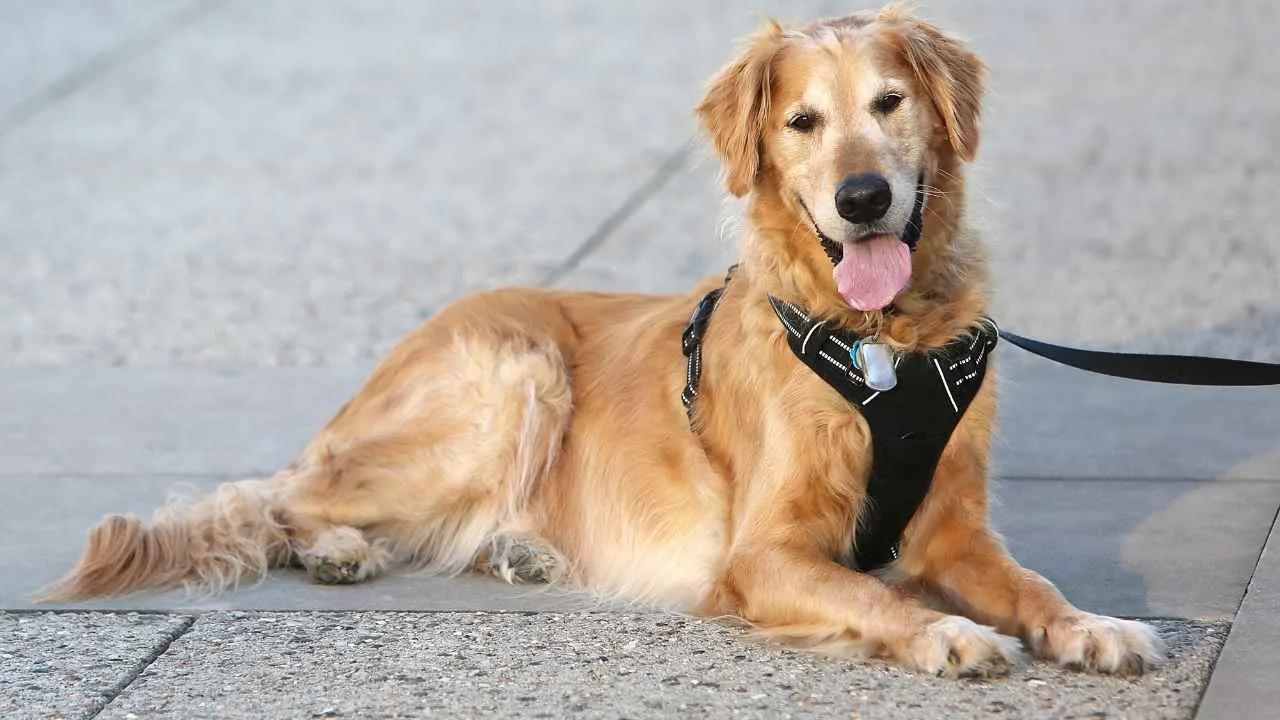
Golden Retrievers combine loyalty, intelligence, and gentle energy — ideal for families seeking harmony in a multi-pet household.
Introduce a Golden as a puppy (8–16 weeks) so they learn dog manners early, and integrate training routines with the current pet to synchronize expectations. Their cooperative nature fits nicely with paired obedience and bonding games, according to AKC.
Tips for blending:
Use parallel walks to ease social distancing
Reinforce positive interactions
Supervise until routines solidify
Temperament & nature: Affectionate, patient, highly social
Prey / herding instincts: Moderate chase drive (retriever heritage)
Warning signs to watch: Jealousy when attention is shared. Excessive excitement around new dogs
3. Cavalier King Charles Spaniel
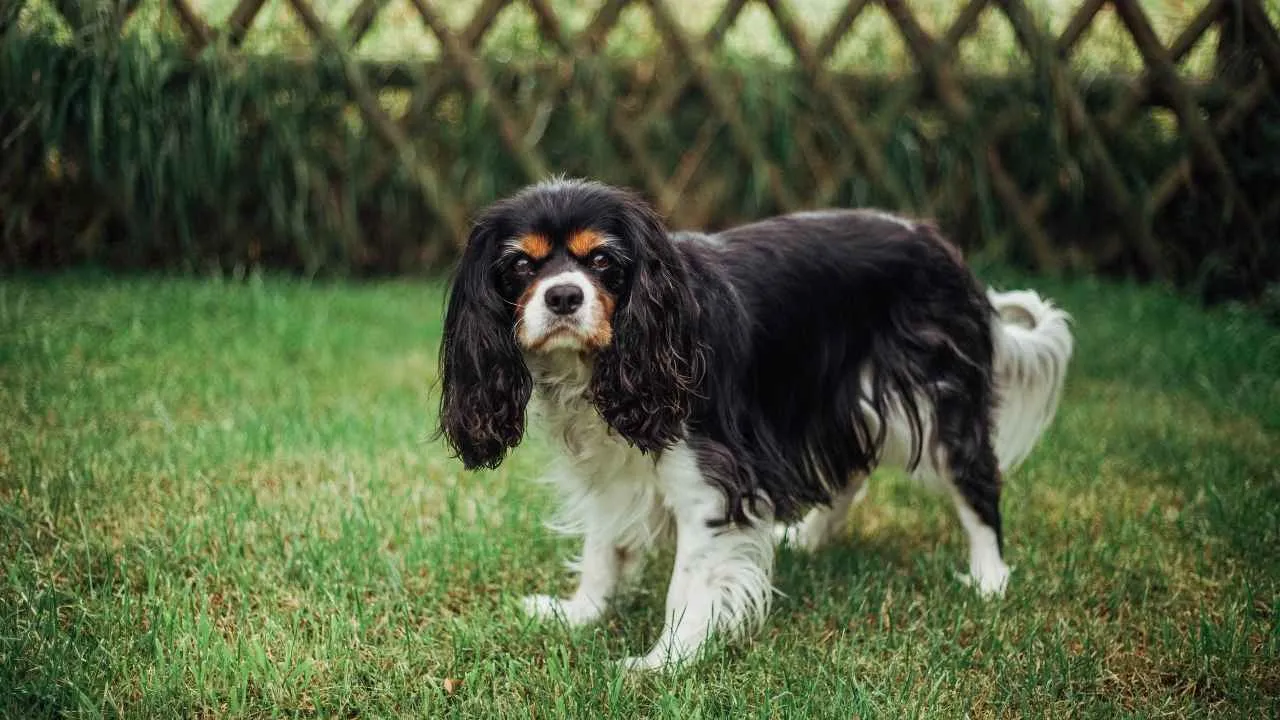
The Cavalier King Charles Spaniel is a gentle, affectionate breed that often thrives in homes with other dogs, thanks to their moderate energy and social temperament.
For best results, bring them home at a young age (around 10–14 weeks) and allow plenty of supervised, short bonding sessions with resident pets. WebMD suggests that their calm demeanor and love of companionship make them easy to integrate.
To nurture harmony:
Provide cozy shared resting spots
Encourage synchronized feeding times
Monitor body language during the first weeks
Temperament & nature: Adaptable, loving, good with other animals
Prey / herding instincts: Low — mostly companion-oriented breed
Warning signs to watch: Submissive anxiety or hiding. Overattachment to one pet or person
4. Poodle
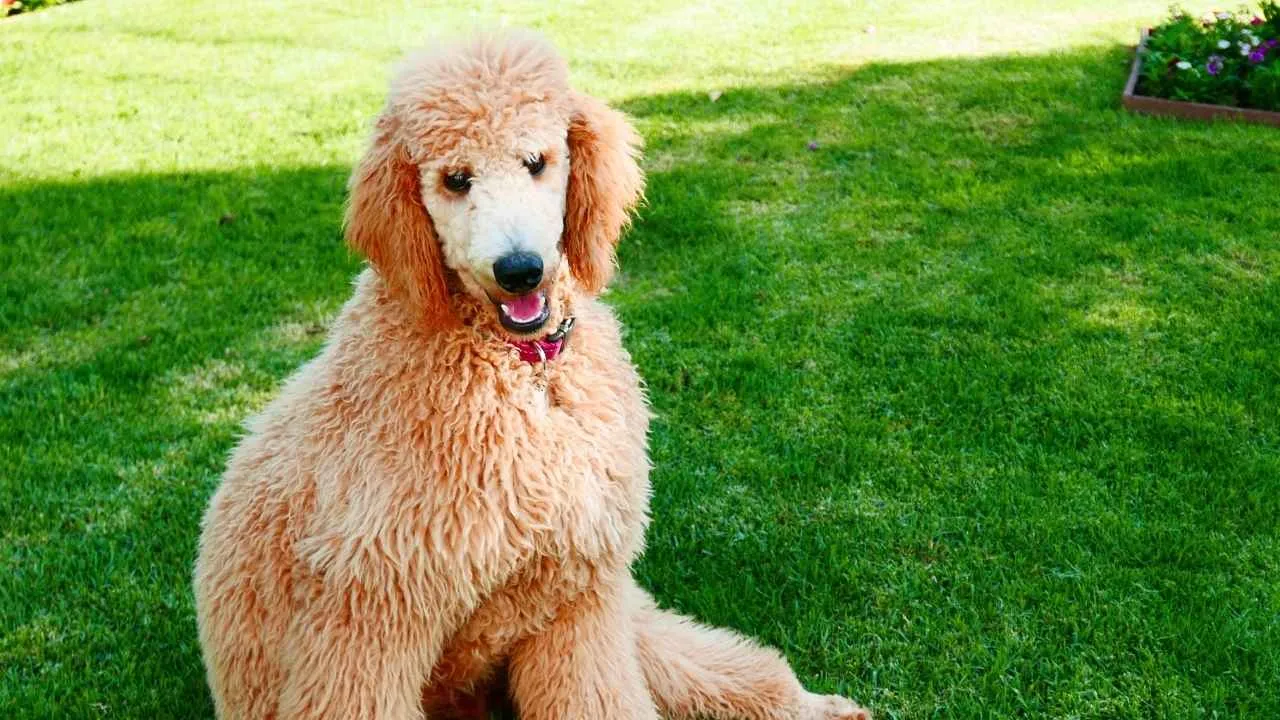
Poodles are smart, adaptable, and energetic—great assets when adding them to a multi-dog household.
It’s ideal to introduce a Poodle between 10 and 16 weeks old, when they’re highly social and quick to learn about companion dog etiquette. Their trainability means you can work on calm greetings, impulse control, and group obedience with relative ease.
To foster teamwork:
Train in pairs (one leopard-level vs. another)
Use positive reinforcement during shared play
Separate toy and food zones initially
Temperament & nature: Intelligent, alert, highly social
Prey / herding instincts: Moderate chase drive, but mostly controllable
Warning signs to watch: Stubbornness or selective obedience. Overexcitement that overwhelms quieter dogs
5. Bichon Frisé
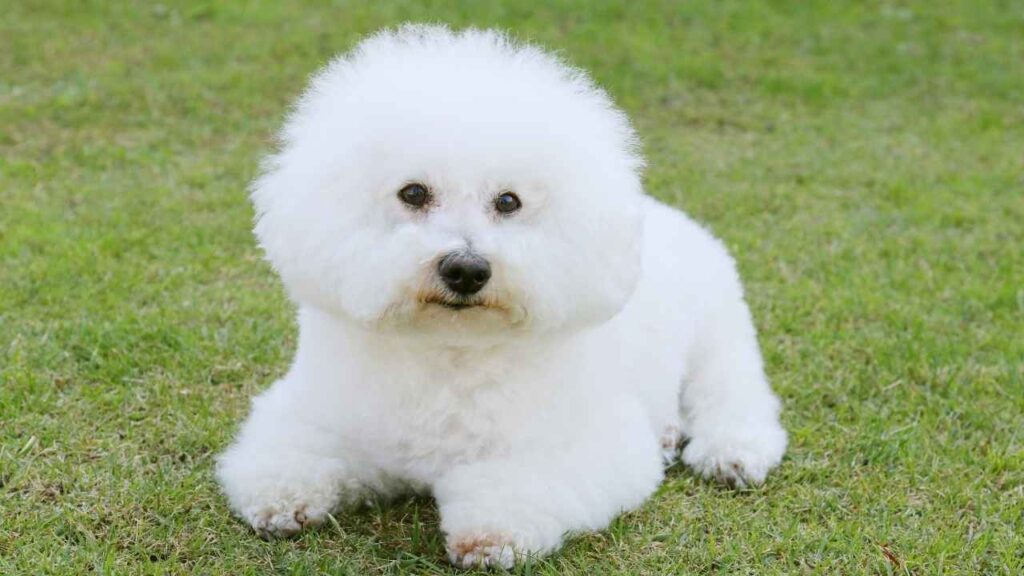
The Bichon Frisé is delightful, cheerful, and sociable—traits that help make peaceful multi-dog households feel like a party.
Bringing them in at 8–14 weeks helps them adapt with confidence, and pairing short playdates with your current dog can ease their introduction. Petplan claims that their small size and gentle spirit let them blend into the group without posing dominance challenges.
To cultivate harmony:
Rotate one-on-one walks with each dog
Feed in separate bowls until trust builds
Reinforce joint calm behavior
Temperament & nature: Gentle, playful, companion-oriented
Prey / herding instincts: Low — bred as companion dogs
Warning signs to watch: Fearful reactivity toward big dogs. Barking when feeling insecure
6. Maltese
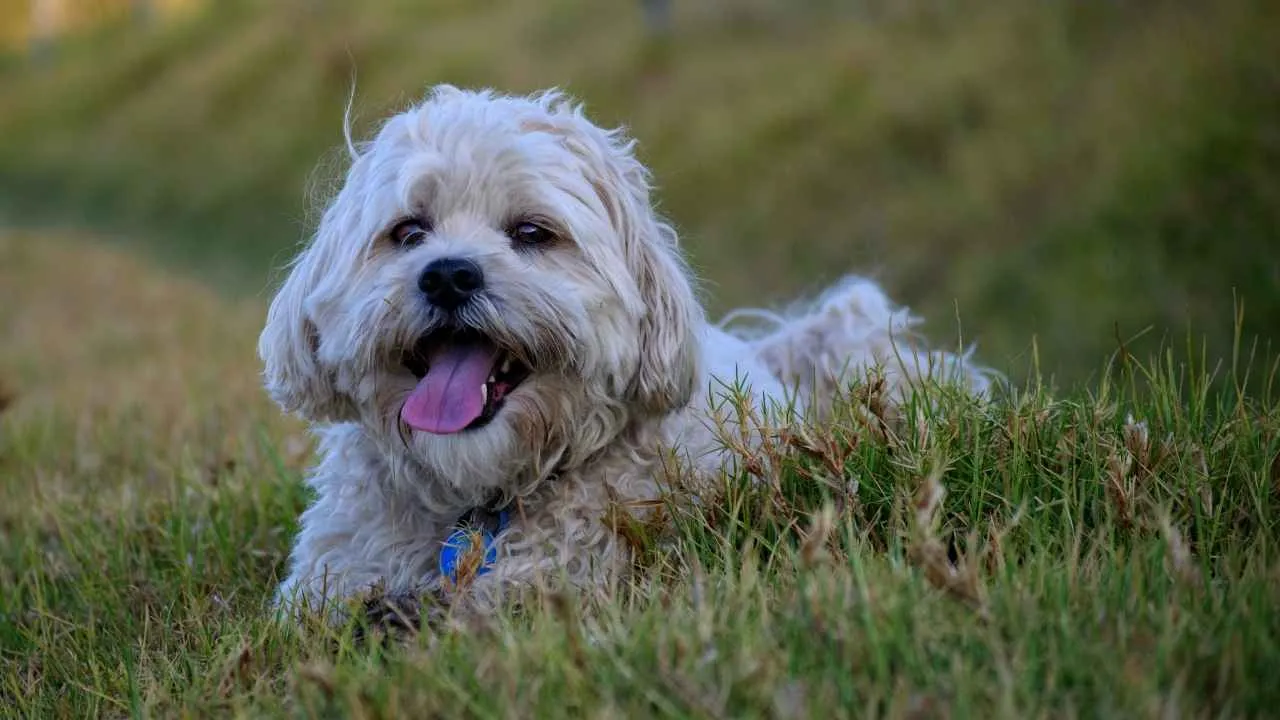
The Maltese, known for its affectionate and tender nature, often thrives when surrounded by canine family members.
Introduce them young, around 10–14 weeks, and allow supervised bonding sessions to help them adjust to higher-energy breeds. Their eagerness to please and keen sensitivity make them receptive to positive training efforts.
To build inter-dog rapport:
Use scent swapping (bedding, toys) before face-to-face meetings
Gradually lengthen shared playtime
Praise calm interactions liberally
Temperament & nature: Gentle, loyal, companion-focused
Prey / herding instincts: Very low — no strong chase drive
Warning signs to watch: Timidity or retreating in the face of boisterous play. Guarding attention or lap space
7. Havanese
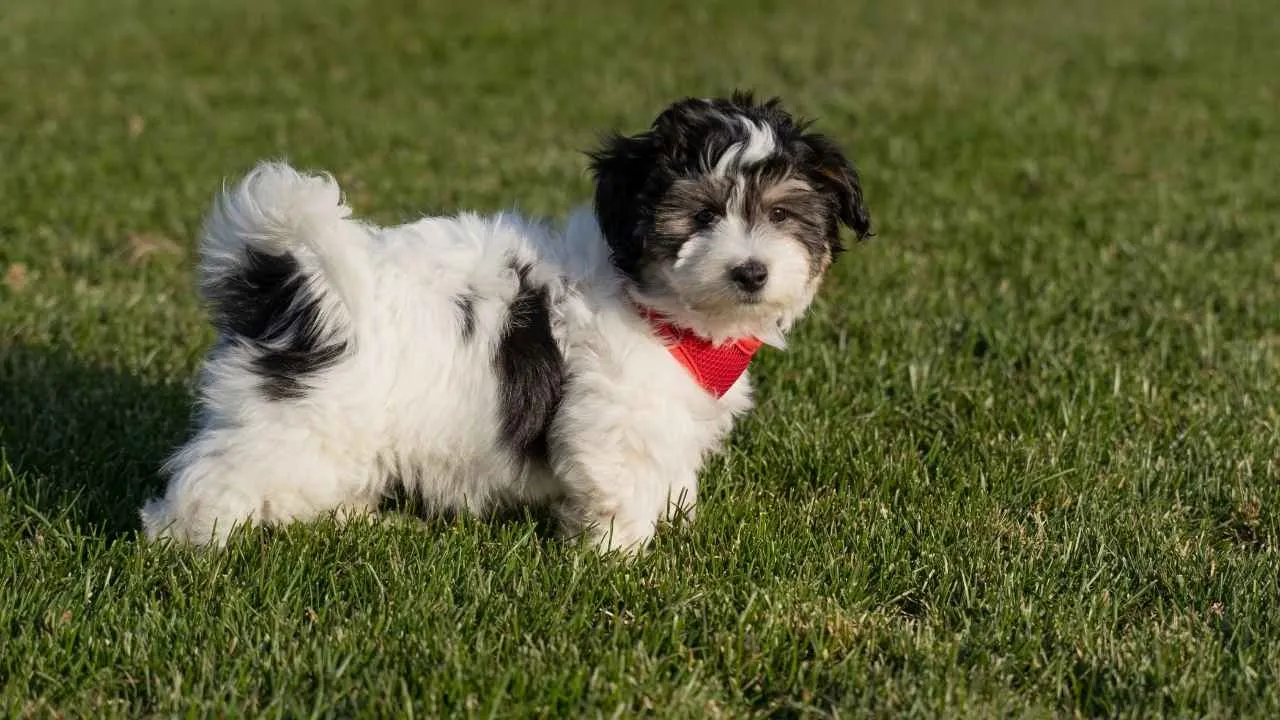
The Havanese is outgoing, affectionate, and intelligent—attributes that tend to smooth the way for multi-dog households.
The ideal window for introduction is between 10 and 16 weeks, when social adaptation is strongest; early exposure to dog interactions helps them communicate effectively. Their flexible energy level makes them comfortable playing or relaxing according to the household rhythm.
To nurture positive bonding:
Alternate training sessions in pairs
Encourage rest zones with shared access
Use negative pressure (redirect) during rough play
Temperament & nature: Sociable, playful, tolerant
Prey/herding instincts: Low — suited for companion roles
Warning signs to watch: Overwhelm in high-energy environments. Clinginess or attention competition
FAQs
1. Which dog breeds thrive best when paired with another?
Breeds with a gentle temperament and social nature thrive in pairs, such as Labrador Retrievers, Golden Retrievers, and Bichon Frises. These pups adapt well to group living and enjoy companionship. Matching personalities usually creates the best combination for harmony.
2. Do dogs that do better together need special training or care?
Yes, even the best dog breeds benefit from structured introductions and consistent training. Simple steps like managing food bowls and encouraging calm play help them bond. Regular socialization ensures strong bonds that last a lifetime.
3. Which small and large breed combinations work well as companions?
Pairs like Maltese dogs with Golden Retrievers or Border Collies with Cavaliers balance size with a gentle nature. Large dogs provide protection, while smaller pups add playful energy. Together, they make great companions for the entire family.
Conclusion
Choosing the best dog breeds for a multi-pet household is a decision that can shape the life of your entire family. Whether it’s two puppies or adding a second dog, strong bonds form when introductions are careful and loving.
Beyond Labrador Retrievers, Golden Retrievers, and Maltese dogs, breeds like the Cocker Spaniel, Boston Terrier, Border Collies, German Shepherds, or even a playful French Bulldog can be great companions with the right guidance.
From food bowls to outdoor adventures, every pup brings its own gentle temperament and personality. If you’re considering adopting, now’s the perfect time to find your next loyal dog breed and create the best combination for your lifestyle. Start your journey today!


